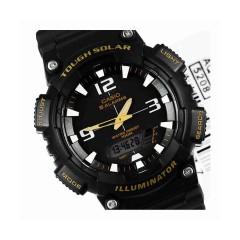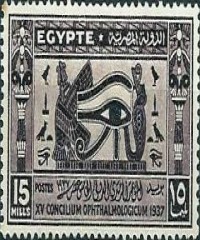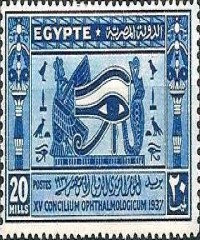The Eye of Horus is an ancient Egyptian symbol of protection, royal power and good health. The eye is personified in the goddess Wadjet (also written as Wedjat or Udjat", Uadjet, Wedjoyet, Edjo or Uto The Eye of Horus is similar to the Eye of Ra, which belongs to a different god Ra but represents many of the same concepts
The name Wadjet is derived from "wadj" meaning "green", hence "the green one", and was known to the Greeks and Romans as "uraeus" from the Egyptian "iaret" meaning "risen one" from the image of a cobra rising up in protection.[6] Wadjet was one of the earliest of Egyptian deities who later became associated with other goddesses such as Bast, Sekhmet, Mut, and Hathor. She was the tutelary deity of Lower Egypt and the major Delta shrine the "per-nu" was under her protection Hathor is also depicted with this eye
Funerary amulets were often made in the shape of the Eye of Horus. The Wadjet or Eye of Horus is "the central element" of seven "gold, faience, carnelian and lapis lazuli" bracelets found on the mummy of Shoshenq II The Wedjat "was intended to protect the pharaoh [here] in the afterlife" and to ward off evil. Ancient Egyptian and Middle-Eastern sailors would frequently paint the symbol on the bow of their vessel to ensure safe sea travel
Horus
Horus was the ancient Egyptian sky god who was usually depicted as a falcon, most likely a lanner or peregrine falcon His right eye was associated with the sun god, Ra. The eye symbol represents the marking around the eye of the falcon, including the "teardrop" marking sometimes found below the eye. The mirror image, or left eye, sometimes represented the moon and the god Djehuti (Thoth)
with the last portion possibly being supplied magically . When Horus's eye was recovered, he offered it to his father, Osiris, in hopes of restoring his life. Hence, the eye of Horus was often used to symbolise sacrifice, healing, restoration, and protection







